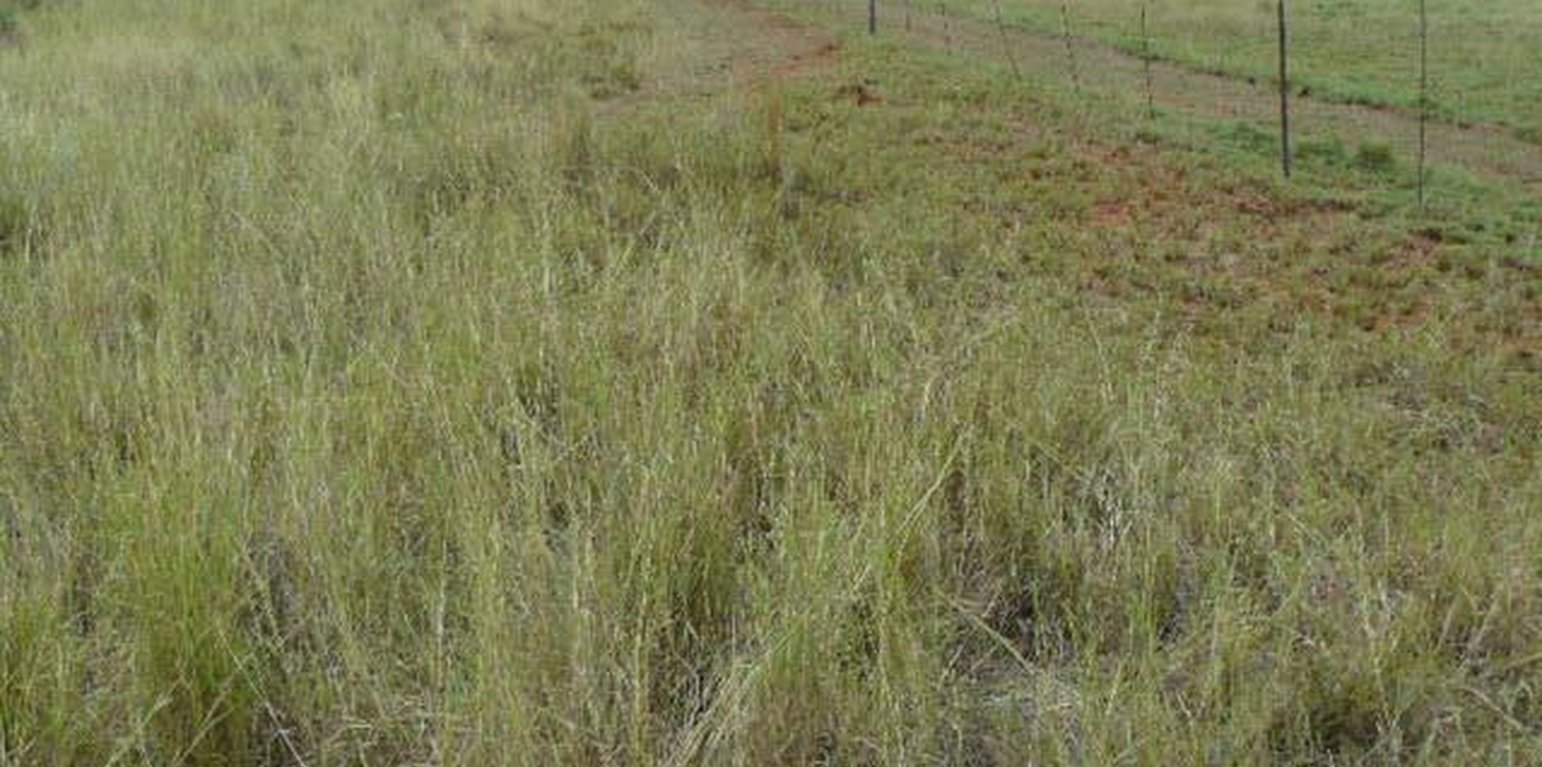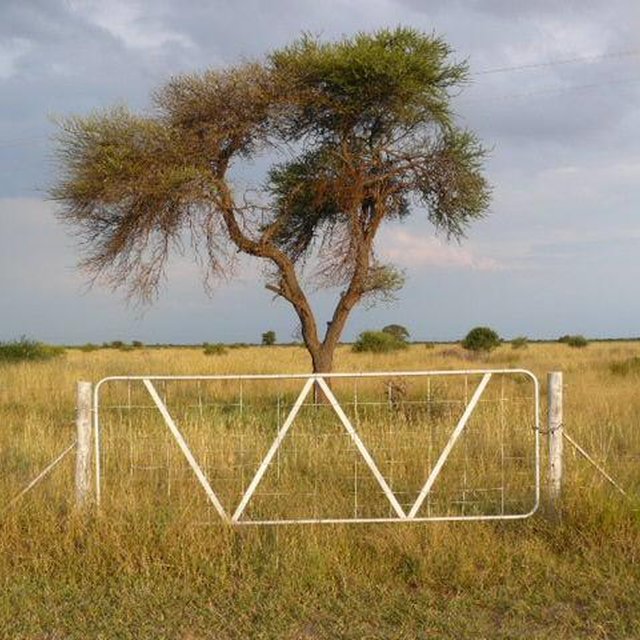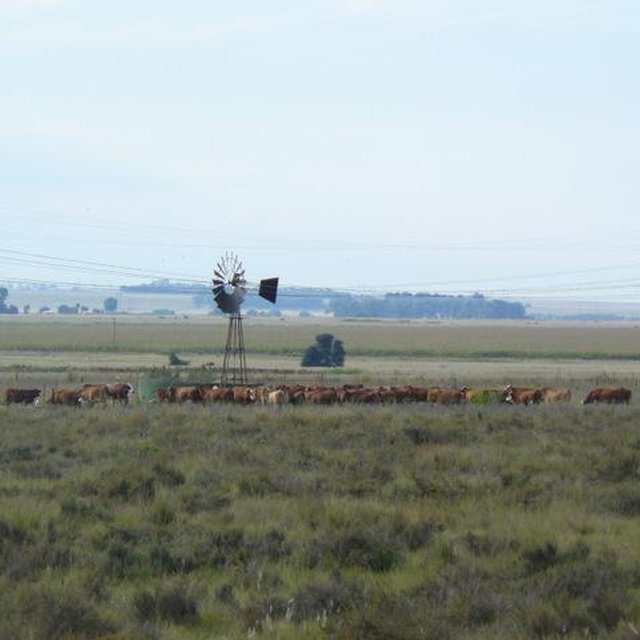



Consequently, rotational grazing allows higher stocking rates than continuous grazing. The main principles of rotational grazing are: (1) Control the frequency at which pasture is grazed: adjustment of the rotation cycle ensures a good forage quality in each paddock. Pasture plants (including the most preferred and therefore overused species) are provided with a period of recovery or rest following grazing; (2) Control the intensity at which the pasture plants are grazed by controlling the number of animals which graze each paddock and their period of occupation; (3) Reduce the extent of selective grazing by confining a relatively large number of animals to a small portion of the veld: little opportunity for selection prevents domination of undesirable species. Intensity of grazing should be adapted to the climatic conditions: in drier areas recovery periods should be longer due to limited plant recovery potential and high sensitivity to misuse and degradation. The ratio between periods of occupation and absence determines the plant yield and vigour: the shorter the period of occupation in a paddock the greater will be the yield of the veld: a second ‘bite’ is avoided and consequently the recovery period is at least equal to the period of absence. However, the shorter the period of occupation and the longer the period of absence, the greater is the number of paddocks required in a rotational grazing system. Ideal resting periods vary with growth rate, and with the rate at which the veld loses its quality with maturity. Depending on the season, the climate and the use of irrigation, resting periods vary between 14 and 70 days, and even longer in the semi-arid grasslands (90–150 days). Appropriate stocking rates are assessed through 4 rating factors (defining the veld condition): species composition, basal cover, topography and soil erodibility
Байршил: Crecy area, Springbokvlakte region, Limpopo Provinc, Өмнөд Африк
Дүн шинжилгээнд хамрагдсан технологи нэвтрүүлсэн газрын тоо:
Технологийн тархалт: газар дээр жигд тархсан
Тусгай хамгаалалттай газар нутагт?:
Хэрэгжилтийн огноо:
Нутагшууллын төрөл




| Зардлын нэр, төрөл | Хэмжих нэгж | Тоо хэмжээ | Нэгжийн үнэ (тодорхойгүй) | Зардал бүрийн нийт өртөг (тодорхойгүй) | Нийт дүнгээс газар ашиглагчийн төлсөн % |
| Хөдөлмөр эрхлэлт | |||||
| Farm planning, fencing, stock watering | persons/day/ha | 85.0 | 71.52 | 6079.2 | 100.0 |
| Тоног төхөөрөмж | |||||
| Equipment | area | 1.0 | 1160.0 | 1160.0 | 100.0 |
| Барилгын материал | |||||
| Construction material | area | 1.0 | 45173.0 | 45173.0 | |
| Технологи бий болгох нийт үнэ өртөг | 52'412.2 | ||||
| Технологи бий болгох нийт үнэ өртөг, ам.доллар | 52'412.2 | ||||
| Зардлын нэр, төрөл | Хэмжих нэгж | Тоо хэмжээ | Нэгжийн үнэ (тодорхойгүй) | Зардал бүрийн нийт өртөг (тодорхойгүй) | Нийт дүнгээс газар ашиглагчийн төлсөн % |
| Хөдөлмөр эрхлэлт | |||||
| Fencing | persons/day/ha | 32.0 | 99.15 | 3172.8 | 100.0 |
| Барилгын материал | |||||
| Material | area | 1.0 | 10213.0 | 10213.0 | 100.0 |
| Технологийн арчилгаа/урсгал үйл ажиллагаанд шаардагдах нийт үнэ өртөг | 13'385.8 | ||||
| Технологи арчилах ба урсгал ажлын нийт үнэ өртөг, ам.доллар | 13'385.8 | ||||
In available dry-material
Due to increased and better fodder
Due to better drinking water availability
Through improved livestock watering systems
Through improved livestock watering systems